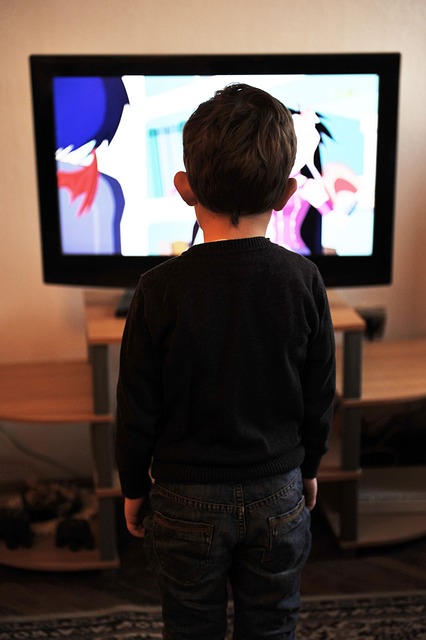In today’s digital age, children are exposed to screens more than ever. From entertainment to education, screens are an integral part of modern life. However, managing screen time for children is a growing concern for many parents. While screens offer educational benefits through apps, overexposure can lead to negative consequences. Understanding the right balance between productive use and potential risks is key to fostering healthy technology habits in kids.

The Importance of Monitoring Screen Time:
Children, especially young ones, are at a critical stage of physical, emotional, and cognitive development. Excessive screen time can negatively impact their development in areas such as attention span, social skills, and sleep patterns. According to pediatric guidelines, limiting screen time for kids under 2 years of age and focusing on quality screen time for older children is essential. Prolonged exposure to screens can result in a sedentary lifestyle, leading to health issues like obesity, poor posture, and even mental health challenges, including digital addiction and increased stress.
Moreover, parental control apps play a vital role in managing a child’s screen time. These tools allow parents to regulate usage, filter inappropriate content, and set screen-free periods during the day, encouraging a healthy balance between online and offline activities.
Educational Apps for Kids: Leveraging Technology for Learning:
Despite the concerns surrounding screen time, technology offers incredible opportunities for educational apps for children that enhance learning and development. These apps are designed to make learning fun and interactive, appealing to a child’s natural curiosity. Subjects like reading, math, and science are more engaging through gamified experiences and visual aids, helping kids understand complex concepts.
Apps like ABC Mouse, Khan Academy Kids, and Duo Lingo are great examples of how children can benefit from these tools. They encourage skill-building, from early literacy to advanced problem-solving. However, the key is ensuring the content is age-appropriate and aligns with learning goals.
While educational apps are beneficial, it’s crucial to avoid passive screen time, where children mindlessly consume content. Parents should focus on interactive screen time that involves active learning, creativity, and problem-solving. The objective is not just to use technology as a distraction but to leverage it to enrich a child’s understanding of the world.
Balancing Benefits and Risks:

Finding a healthy balance between screen time and other activities is crucial to a child’s overall well-being. While educational apps serve as great learning tools, they should be balanced with real-world experiences. Physical play, social interactions, and hands-on learning are irreplaceable aspects of childhood development.
Furthermore, parental involvement is critical. Instead of leaving children alone with devices, parents should engage in activities with them, discussing what they learned from educational apps or guiding them through interactive sessions. This fosters not only stronger bonds but also ensures children are developing healthy digital habits.
Conclusion: Making Screen Time Productive:
In conclusion, screen time for children doesn’t have to be harmful if managed appropriately. Using educational apps allows children to learn in an interactive, engaging way. However, monitoring and limiting screen time, encouraging outdoor play, and balancing digital activities with real-world experiences are essential steps in ensuring that children use technology positively and productively. By creating a structured environment where technology complements rather than replaces traditional forms of learning, parents can help their children thrive in the digital age.

